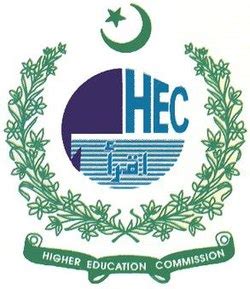Economic Efficiency and Distortions to Incentives in Production of Cotton and Rice Crops in Punjab
DOI:
https://doi.org/10.51732/njssh.v2i1.9Keywords:
Domestic Resource Cost, Effective Protection, Agriculture Policy MatrixAbstract
The study based on crop budgets, for 2010-12 crops, was, inter alia, designed to examine economic efficiency and distortions in incentives to production of cotton and basmati rice, long grain aromatic rice, crops in Punjab. The analysis has confirmed the competitiveness of their production in Punjab as farmers’ gross revenues from these crops exceeded their total costs, enabling farmers make some profit. The competitiveness, nevertheless, is sensitive to changes in prices of the produce and those of the inputs. The analysis conducted at economic prices have indicated economic efficiency and comparative advantage of Punjab in producing both basmati rice and cotton. The domestic resource cost coefficients for basmati as well as cotton were consistently less than one, confirming Punjab’s comparative advantage and economic efficiency in their farming. The estimation and analysis of nominal projection coefficients and effective protection coefficients for basmati and cotton crops have indicated implicit taxation as well as some protection to domestic producers. The results of economic efficiency and comparative advantage, of both basmati and cotton, are quite sensitive to the fluctuations and developments in world markets with spill over to the domestic market, impacting their competitiveness.







